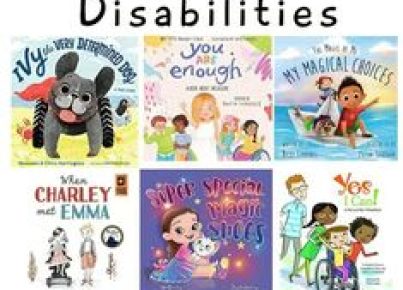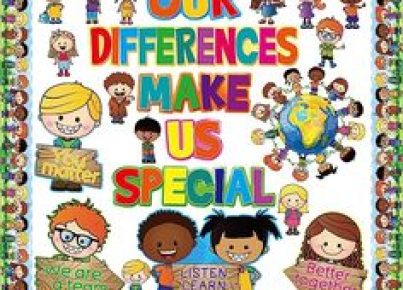Introduction
Creating a safe and inclusive environment for all students, regardless of their sexual orientation, gender identity, or gender expression, is crucial for their mental health, academic success, and personal development. Schools have an obligation to provide an atmosphere that promotes the well-being of all students and staff members. This article explores how to make your school a safe space for LGBTQ students by promoting awareness, implementing policies, and fostering a supportive culture.
1. Educate Staff on LGBTQ Issues
One of the first steps in making your school a safe space for LGBTQ students is providing training and education to all staff members. This includes faculty members, administrators, counselors, support staff, and janitors. Educate staff on key LGBTQ terms and concepts such as sexual orientation, gender identity, gender expression, pronouns, and inclusive language.
Training should also cover the challenges faced by LGBTQ students in schools such as bullying, mental health issues, discrimination, and barriers to success. Provide resources to help them understand and empathize with the experiences of their LGBTQ students.
2. Implement Anti-Bullying Policies
Developing clear anti-bullying policies that specifically address homophobic and transphobic behavior is necessary to protect LGBTQ students from harassment. These policies should include reporting mechanisms so that victims feel supported in reporting incidents without fear of retaliation. It’s essential to provide regular consultations with the entire school community about the implementation of these policies.
3. Establish Gender-Neutral Restrooms
Providing at least one gender-neutral restroom in each school ensures that all students feel safe using restrooms and changing facilities without fear of judgement or harassment. Gender-neutral restrooms send a message that inclusivity is prioritized within the school.
4. Develop An Inclusive Curriculum
Incorporate LGBTQ history, literature, art, science contributions into lessons throughout your curriculum in an age-appropriate manner. Recognizing and celebrating the achievements of people from diverse backgrounds sends a message of acceptance and respect for all students.
5. Create Safe Spaces
Designate certain areas of the campus as safe spaces where students can go for support, such as counselor’s offices, designated classrooms, or library corners. Post signage that indicates they are a safe space with rainbow stickers or flags.
6. Offer Support Groups
Provide resources and support groups specifically focused on LGBTQ issues in your school. This might involve forming a Gay-Straight Alliance (GSA) or holding regular meetings where students can discuss their concerns with trained counselors or teachers.
7. Encourage Dialogue
Host open forums about LGBTQ issues at your school to create conversations between students, staff, and parents. This encourages dialogue, fosters understanding and empathy towards one another’s perspectives, and helps create a more inclusive school community.
Conclusion
Creating a safe space for LGBTQ students requires not just implementing policies but fostering a culture of awareness and accepting all members of the school community for who they are. Through education, policy changes, and on-going dialogue, schools can work towards becoming welcoming environments where everyone can thrive regardless of orientation, identity or expression. Building this safe environment is essential for the well-being and success of both LGBTQ students and their peers.





